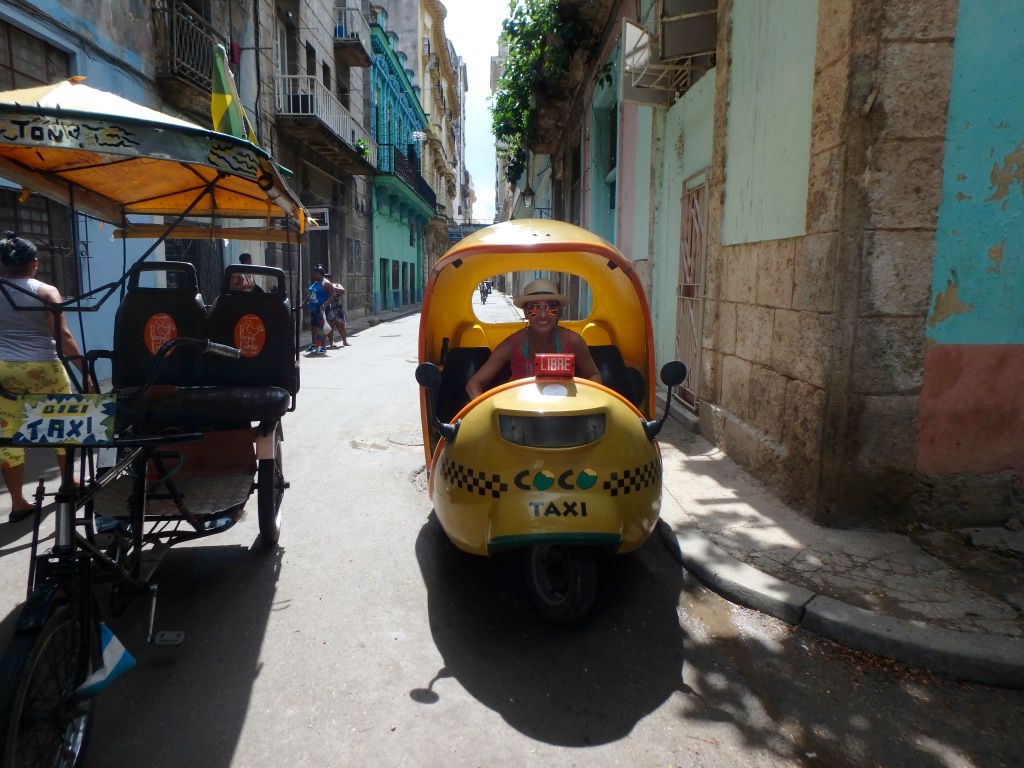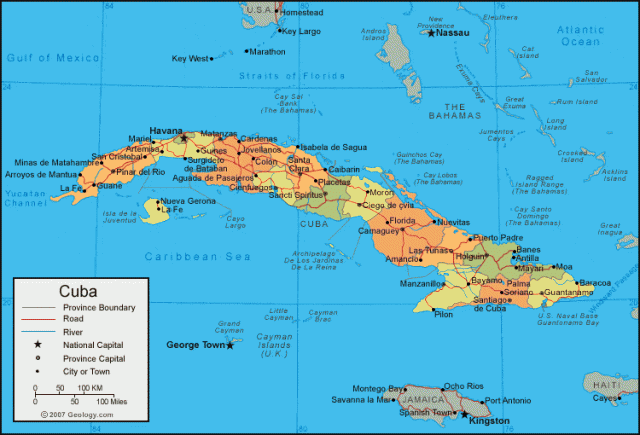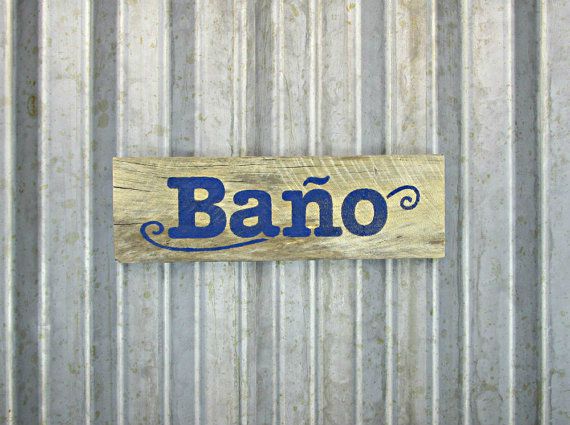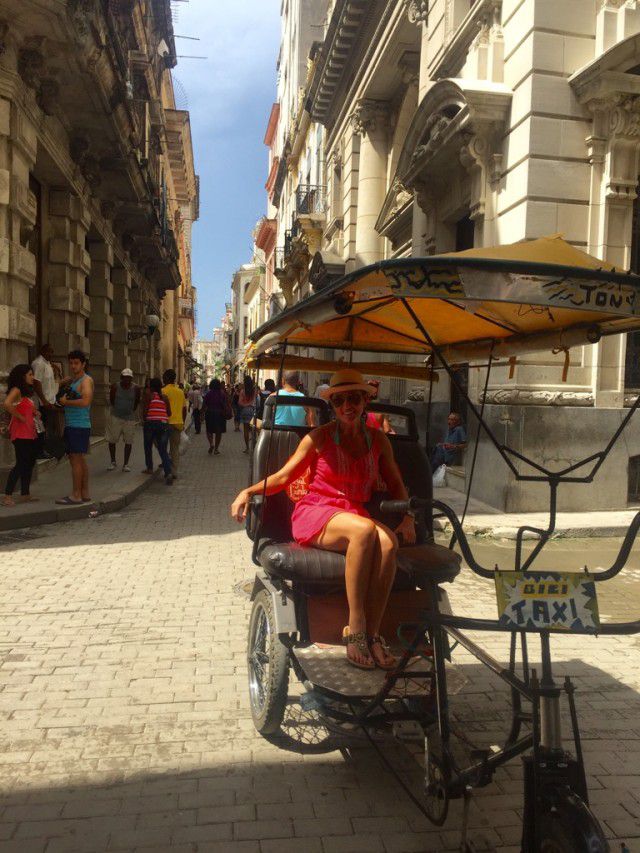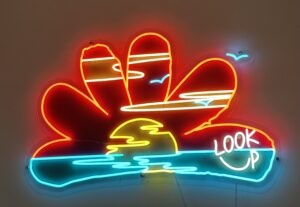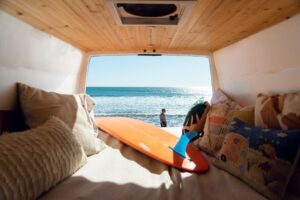
After multiple years of travel to Cuba, I’ve had the opportunity to witness a country in transformation albeit poco a poco (little by little). The once forbidden island and the United States have started to open their doors, starting with people to people, educational tours. This led to the 2014 announcement by Castro and Obama of reestablishing diplomatic relations. Like a row of dominos, the small changes continue with the entrance of cruise ships, President Obama, The Rolling Stones, and now even commercial flights. Regardless of news coverage and even Anthony Bourdain going there, first-timers don’t understand Cuba. It is very complicated. Unless you have been to Cuba multiples times, there are many things you will not understand or even know. Quite honestly, the more I know about Cuba the more confused I get.
So, let me share with you…
Five things you don’t know about Cuba, but should before you travel to Cuba.
1. Can you supersize me in Cuba?
The number one reason why people say that they want to go to Cuba NOW is because they want to travel to Cuba before the Americanization occurs. Well, with the U.S. Embargo in place, it will be impossible for massive franchise expansion seen in other tourist destinations like Mexico or the Bahamas. However, one famous American chain has already made it to Cuba.
Yes, the Golden Arches has one location in Cuba. Since the late 80’s, McDonald’s has served Big Macs, supersized fries, and more at the U.S. Naval Base of Guantanamo (Gitmo). However, the only patrons of the world-renowned fast-food chain are those stationed on the base. Close, but no cigar. Cubans will need to wait a little longer for the most addictive fries on the planet.
2. To make things complicado (complicated), Cuba has dos currencies.
The national currency in Cuba is called the Cuban Peso (CUP). The tourist currency is called the Convertible Peso (CUC). If this seems complicado, just wait. The two types of currencies aren’t created equal; they’re like comparing apples to oranges.
The CUP is the currency with which citizens are paid from their government jobs. It’s also the currency used to purchase staples and domestically produced items. The government released the CUC in 1994 during the Special Period to eliminate the use of the U.S. dollar. The CUC is used by tourists for hotels, rental cars, meals, souvenirs, and cigars. It’s also used by Cubans to purchase high-ticket items such as refrigerators, washing machines, and imported goods including Spanish olive oils and wines.
The CUC was created to be 1:1 with the U.S. dollar. But over the years I’ve been traveling to Cuba, the exchange rate has been 1:0.87 or one U.S. dollar to 0.87 CUC. Why? Cuba imposes a ten percent surcharge for changing U.S. dollars plus another three percent surcharge because the transaction involves foreign currency.
3. Cuban food is NOT spicy!
Although other islands of the Caribbean and Spanish speaking countries like Mexico are noted for food that is picante, Cuban fare is NOT, on the contrary. Most Cuban food is naturally seasoned with garlic, lemon, lime, onion, oil, salt, and pepper. You have to search long and hard for a bottle of Tabasco, Crystal, or other version of hot sauce in Cuba.
4. ¿Dónde está el baño? Now where’s the toilet seat?
Once you find the baño, you will be greeted by a man or a woman outside. For twenty-five centavos, this bathroom attendant offers you a few squares of toilet paper. In the nicer private restaurants (paladares) and hotels, you will have first-world comforts. However, in the majority of bathrooms across Cuba there will be no toilet seat. The same goes for soap. Some have soap, others nada. When in Cuba, be prepared like a Boy Scout with your own toilet tissue and hand sanitizer.
5. Cuba’s transportation is so much more than classic cars!
The first thing you think of when you hear Cuba is the obvious, the classic American cars. Yes, Cuba is a rolling museum of bright 1950’s cars; however, with a shortage of transportation across the country, they are just the tip of the iceberg. If you really want to experience something unique try a bici-taxi (bike taxi), an araña (horse-drawn cart), small Russian sedan, Lada, or a coco taxi (small yellow coconut shaped taxi run by a moped).
If you want to know more, I have a little surprise for you. Early 2017, I will be releasing my third book, Cubicle to Cuba, which is an introspective travelogue about my adventures in Cuba and beyond. In it I share, my transition from the corporate world and its Cubicle Land to a life of writing on the road, not only in Cuba, but also New Zealand, Australia, Peru, Italy, Hawaii, and more.
Are you curious about Cuba?
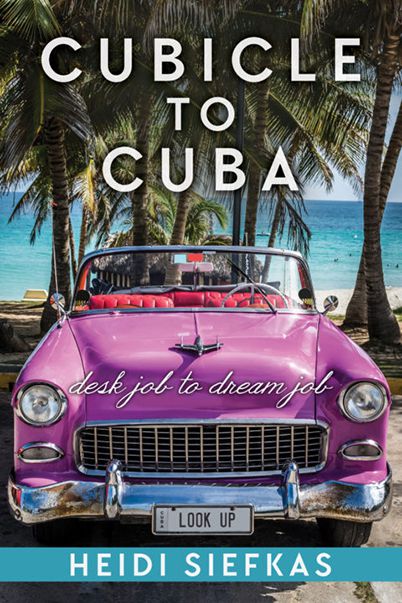
Get a copy of my book: Cubicle to Cuba
Please share this post with your friends and family that are interested in travel, adventure, and Cuba.
Here’s to looking up!

